Affiliate Disclosure: This post contains affiliate links. As I am a part of the eBay Partner Network and other programs, if you follow these links and make a purchase, I’ll receive commission (at no cost to you). I appreciate your support!
Disclosure: This is not buying or investment advice. I’m simply reporting the data I’m seeing. Please do your own research and make your own decisions. Just because cards have increased in value up to this point, it doesn’t mean they will continue to do so.
New year, and a new crop of rookies, inserts, and sneaky short prints and variations to watch out for from Topps. (Of course, there are usually a few surprises after release (remember the Kevin Hart “short” prints), so I’ll be sure to publish an update.)
Plenty more to come, but for now, let’s get started with some tips, a reminder of the basics, and the things to look for so you don’t undersell yourself on valuable cards.
1. Rip Early, Sell Early
First of all, if you’re looking to profit from sports cards, ripping wax would be very low on my list if at all.
That said, if you have the itch and need to scratch it, remember that upon release date is when card values are at their highest. Especially for Series 1 and with Spring Training right around the corner, there is a lot of baseball excitement. Buyers want to be the first to have the latest and greatest, so use that to your advantage.
From $130 to $50 and $60 averages, quickly down to below $35 and last selling for $10.52. Elly De La Cruz was the chase last year, and you can see just how eager buyers were to get their hands on his rainbow foil
While not Series 1, Jackson Chourio’s SP variation was a prime target for many upon release…13 sales and a $69 average early on quickly fizzled to $40 not a month later. And, it only continued downward, last selling for $8.
Even hobby darling Paul Skenes isn’t immune to the dip. Here you can see his Purple Foilboard /799 rookie starting strong around $80, falling to about half of that, and most recently selling at $36.
Series 1 is one of the few times I’ll rip all year, so I always make it a point to pre-order. A few years I’ve been lucky enough to have my Blowout Cards order show up before official release day, and first-mover advantage certainly helped with the resale values.
2. Know Your Short Prints!
Can’t stress this enought—if you’re opening flagship, you have to have an eye out for Short Prints. I mean, everything else, from autos to relics, etc. will be obvious. It’s the image variations that will get you every time.
Rule of thumb: if you see a player doing something on the card other than batting, fielding, pitching, or running the bases (basically normal baseball stuff), then pause and make sure you don’t have a short print.
These images usually include dugout shots, players in street clothes, goofiness, and more.
More-Obvious SPs
With the Golden Mirror Image variations, Topps has made it a little easier to identify. On the front of the card, look for that gold Topps logo, and on the back, look for more gold as well.
In addition, given 2025 is the 35th anniversary of the 1990 design, we will see NNOF short prints that pay homage to the classic 1990 Topps Frank Thomas error that everybody dreamed of owning some day.
Topps says these variations will have 35 copies printed for each of the 100 players on the 1990 checklist.
Less-Obvious SPs
If not a Golden Mirror Image variation or a card missing a name, there won’t be an obvious indicator that it is an SP or SSP on the front or the back of the card.
So, how do you find them? You’ll still want to look for those different, fun-loving images, but to double-check, you’ll have to flip the card over to look at the code in the small print at the bottom.
I haven’t yet seen what the SP or SSP codes will be this year for 2025, but this is what I’m talking about, using 20204 as an example. (Beckett is always the best resource for his, in my opinion).
On the back of each card, you’ll see a code in the fine print. Last year, codes ending in 694 were base cards, while codes ending in 750 were image variations, and those ending in 762 were SSPs.
Again, I don’t know what these codes will be for 2025, but if there is any doubt before those are published, just check the codes—if one is different from the many, you might be in luck.
It sounds like there will be a Dancing Dodgers variation set to chase:
3. Check, Double-Check & Triple-Check
Just as a general tip, have fun opening your cards, but always go back and check to make sure you didn’t bypass anything valuable. From there, double-check by flipping the cards over and examining the backs of each as you flip through.
I’m not sure what 2025 has in store, but there is always something. Last year it was “first year” 1/1 cards that could only be identified with the 1/1 on the back.
Funnily enough, while I was going back to check for those, I caught another sneaky card, the black border /73 which blended in from the front because the design was so much darker in 2024 compared to year’s past.
Here’s the video.
All in all, I think flagship is a really fun set, especially series 1. Of course, fun doesn’t mean profit, but with the above you can hopefully make a little (more) money back.


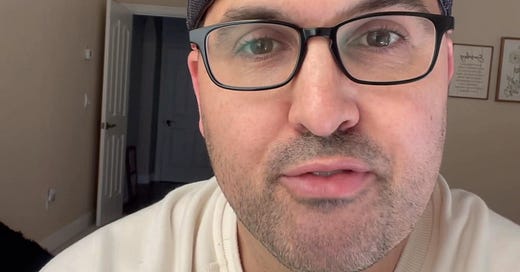


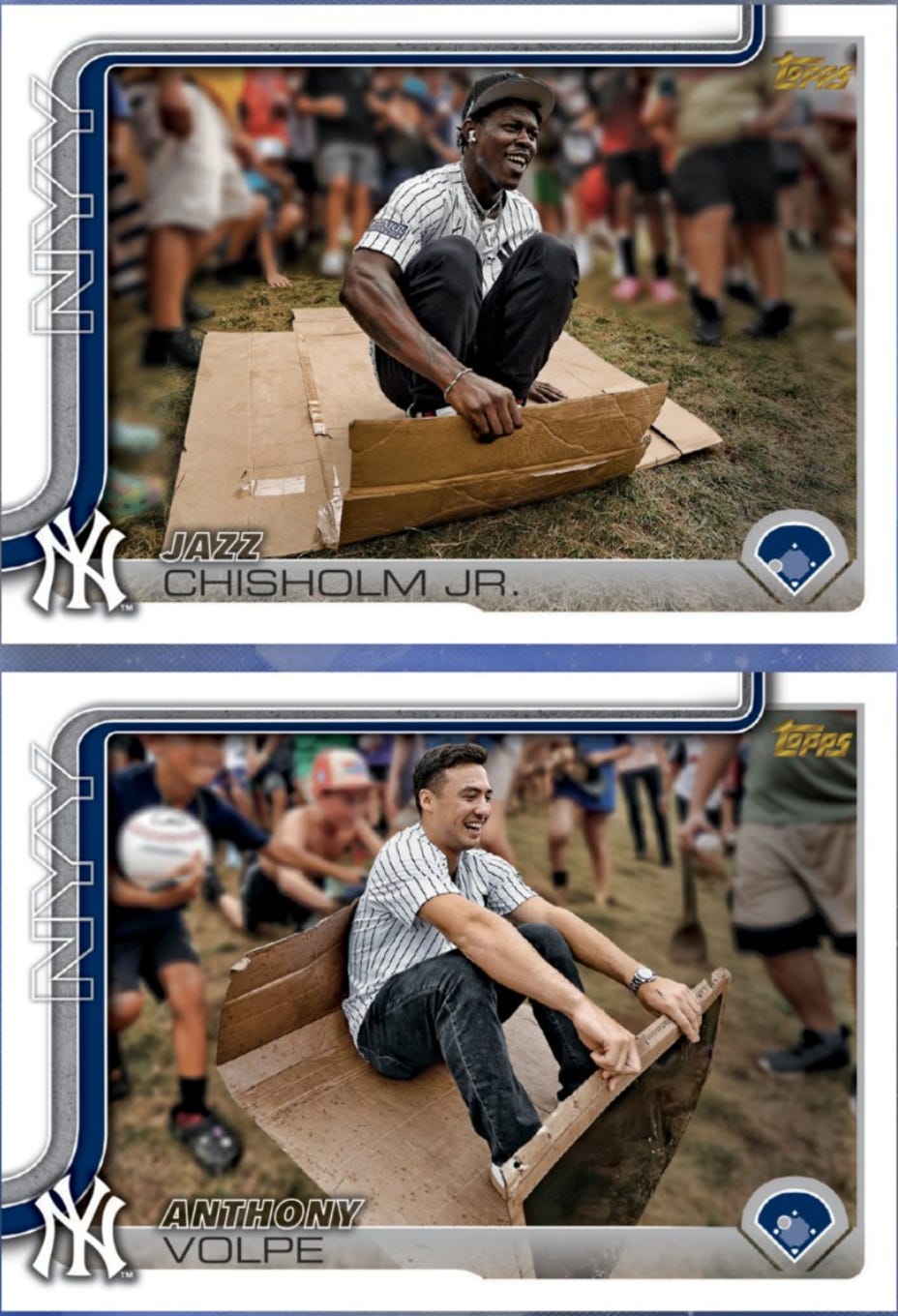
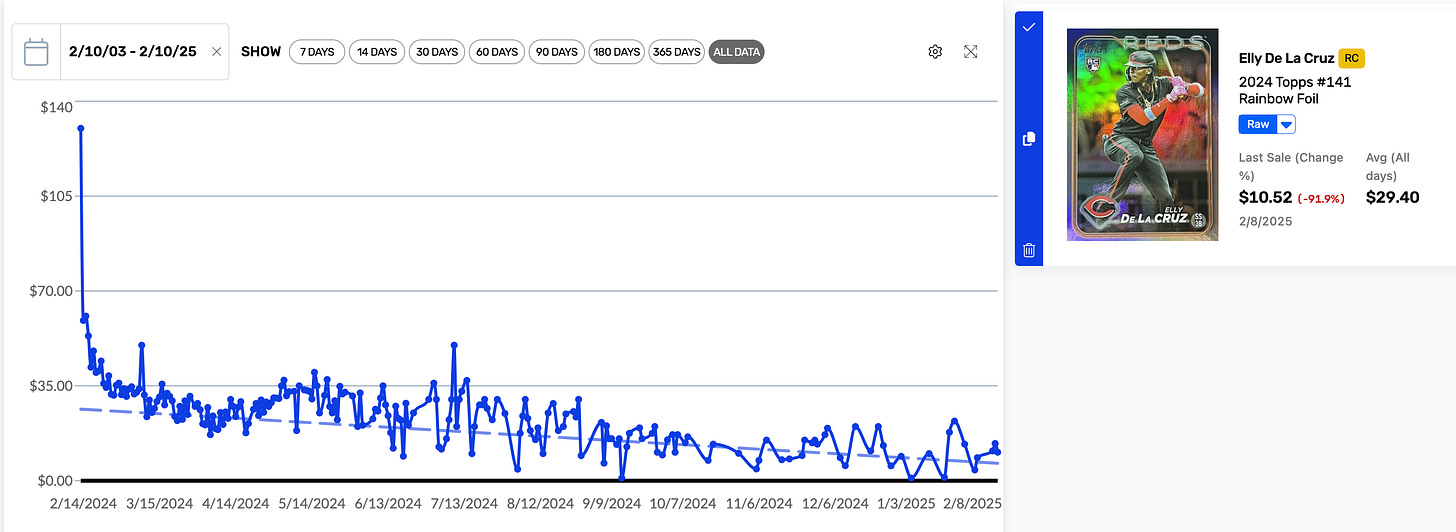
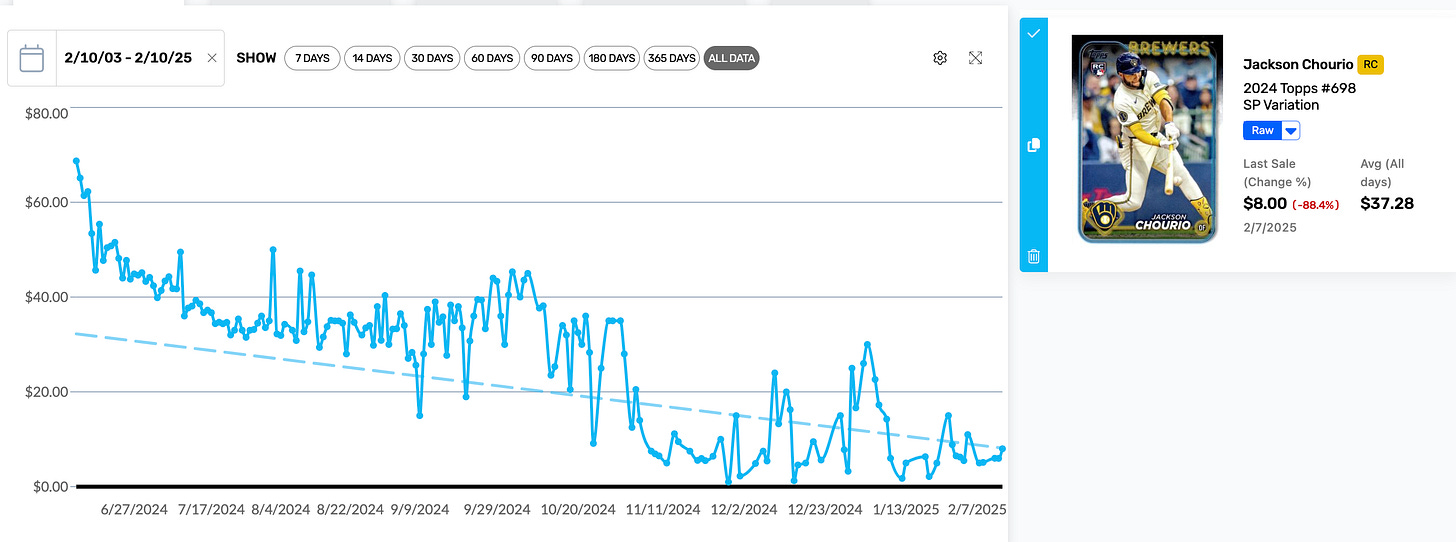
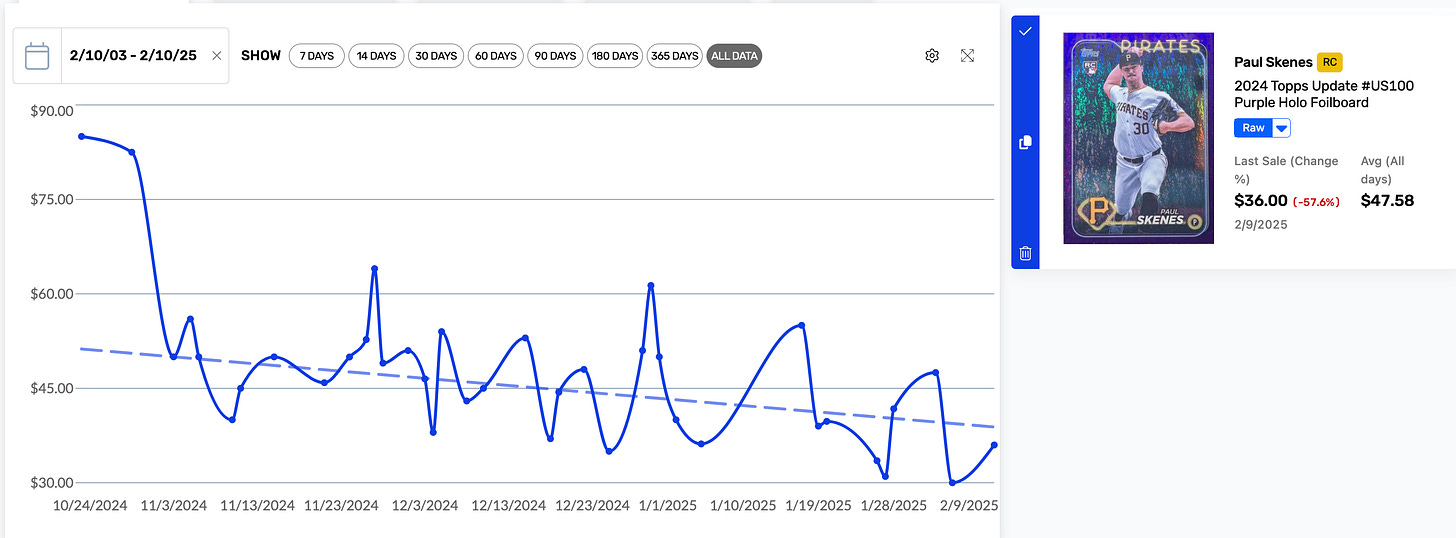
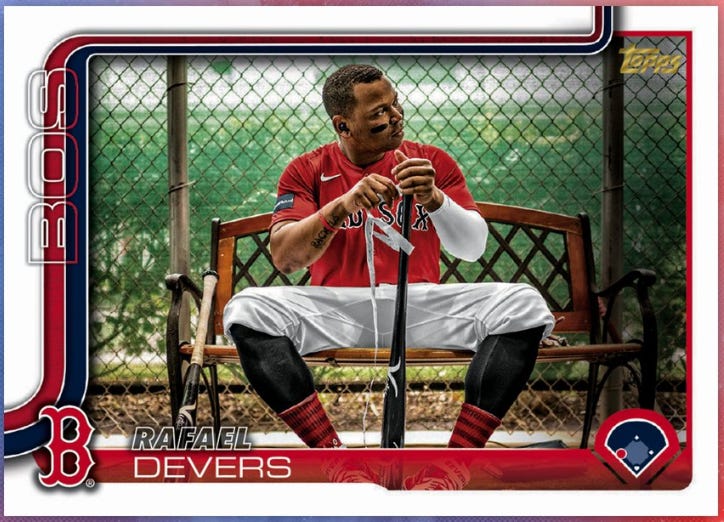
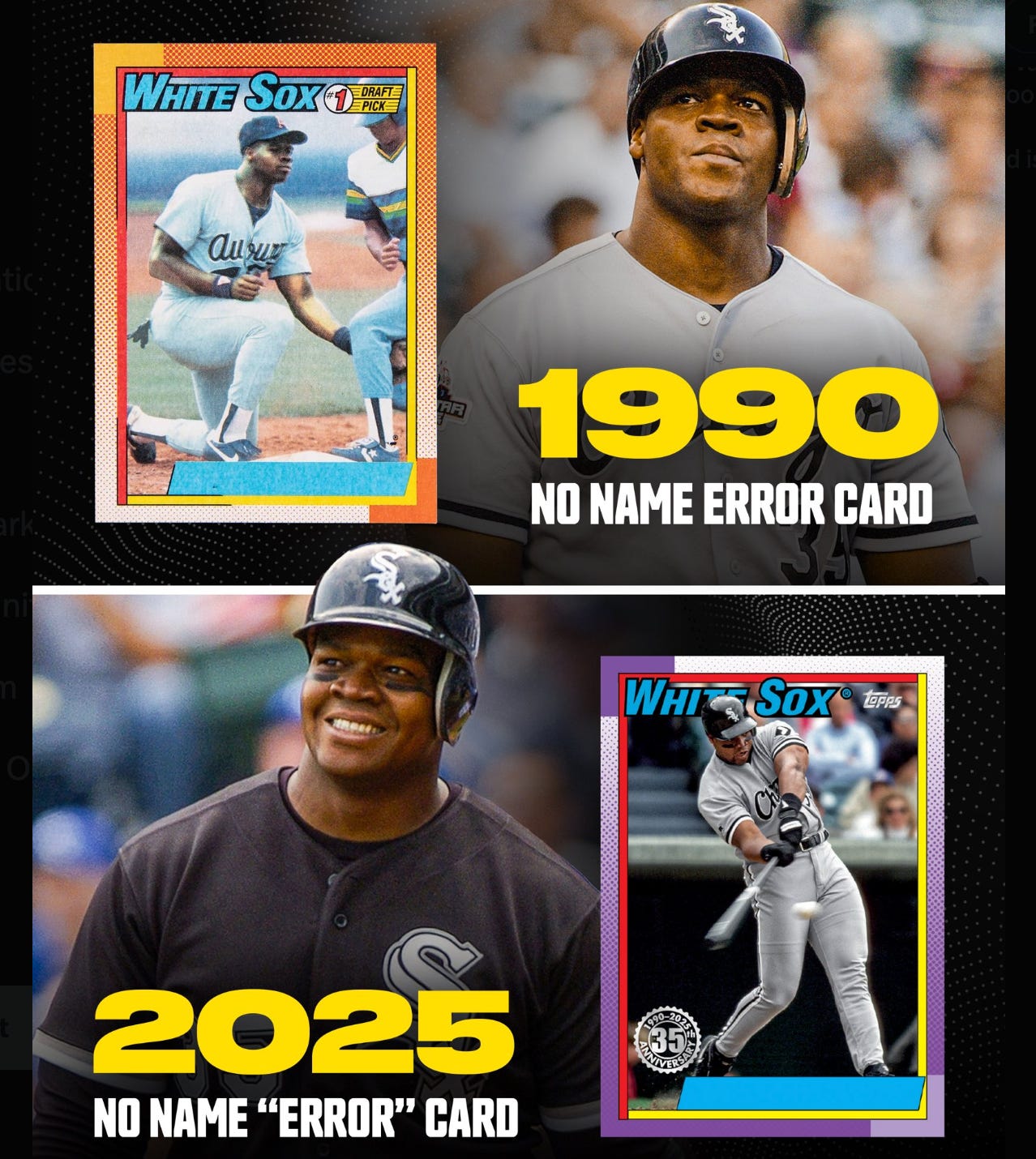
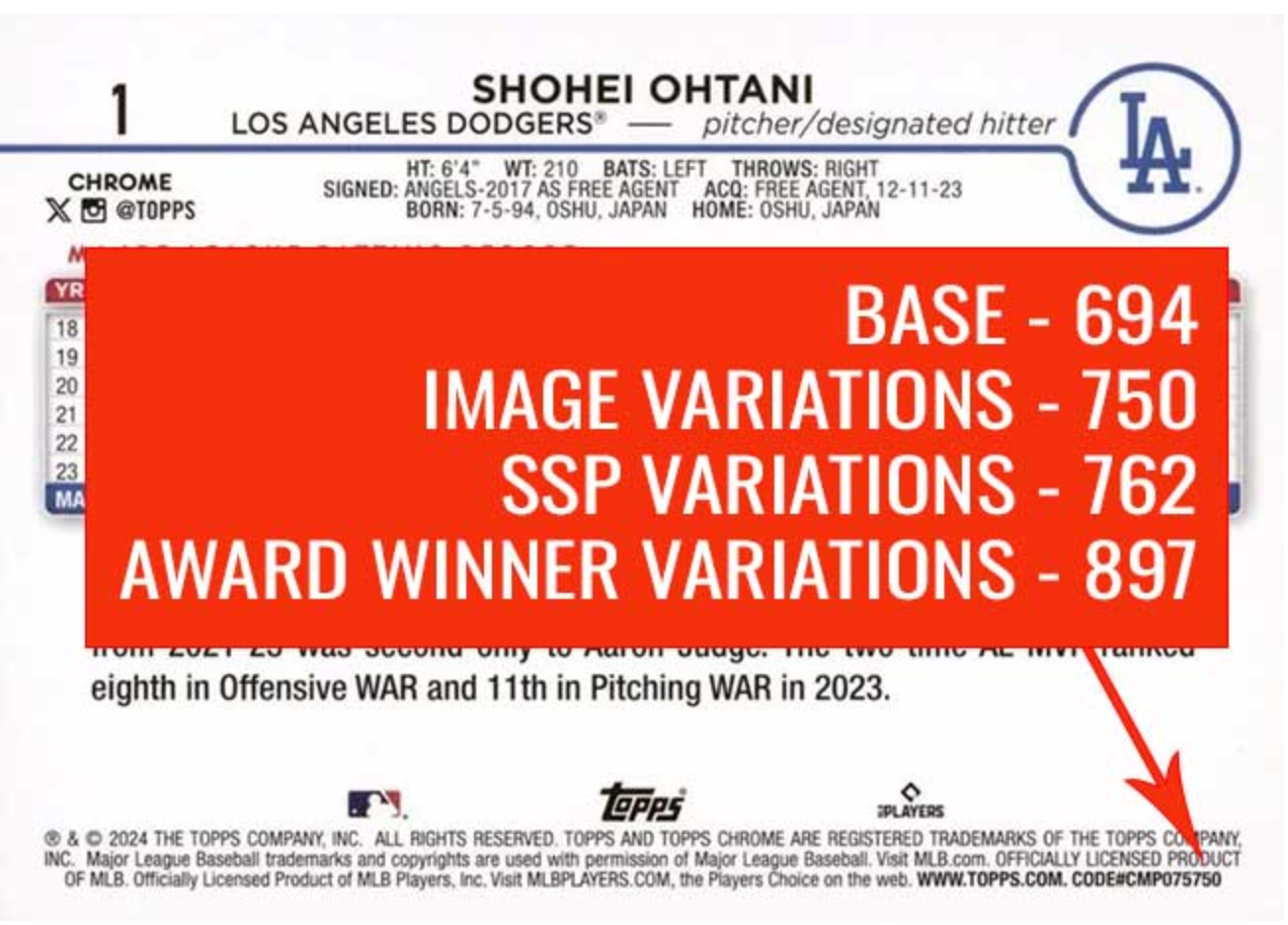
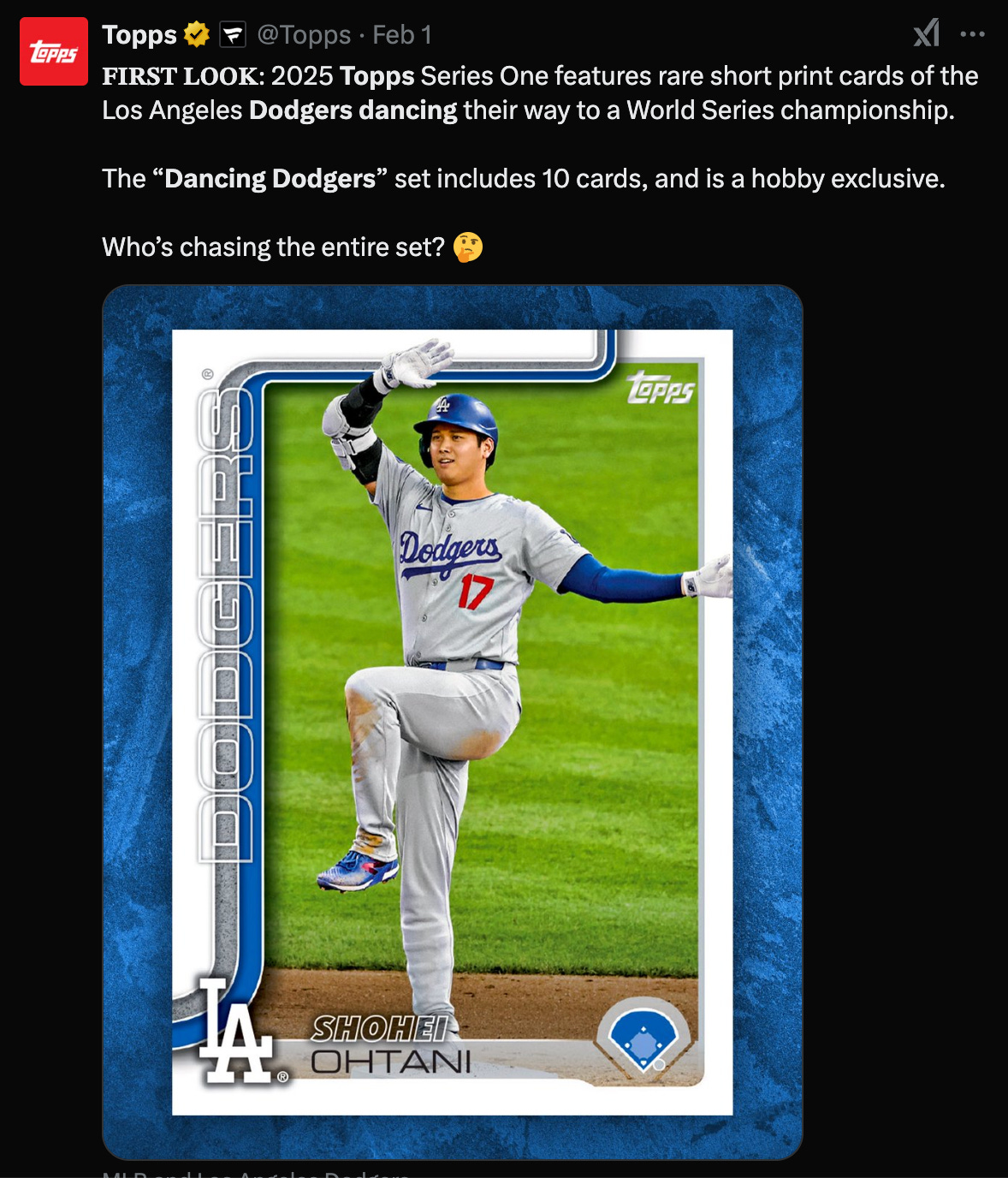

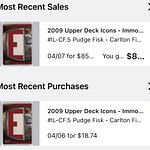

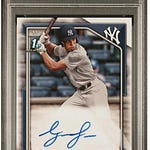




Share this post